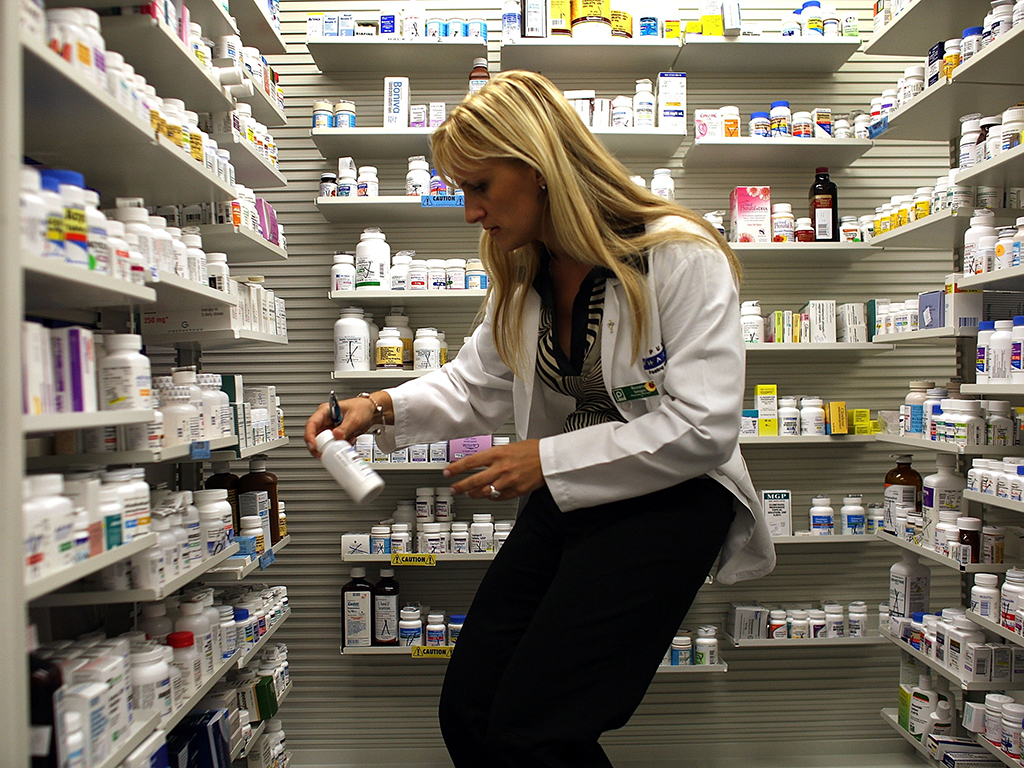Teixobactin offers hope in fight against antimicrobial resistance
Newly discovered Teixobactin is set to turn the tables in the battle against superbugs

For 30 years, antibiotic research has been at a standstill as scientists have struggled to ward off superbugs. But new antibiotic Teixobactin is offering new promise
“When I woke up just after dawn on September 28, 1928, I certainly didn’t plan to revolutionise all medicine by discovering the world’s first antibiotic, or bacteria killer,” said Alexander Fleming, “but I guess that was exactly what I did”.
The discovery of penicillin in 1928 revolutionised the 20th century but Fleming’s fortuitous discovery started the ongoing battle against superbugs; specialised bacteria that are resistant to the effects of antibiotics.
Teixobactin is the first new antibiotic to be discovered in 30 years as antibiotic development has progressively stagnated
Every year, these superbugs are responsible for 700,000 deaths globally. Damning projections in The Review on Antimicrobial Resistance, published in December 2014, estimated the prolonged virulence of drug resistant infections could see 300 million die prematurely over the next 35 years, from conditions that are currently treatable using antibiotics.
The world is in a race against evolution to halt the detrimental effects of resistance to antibiotics and offering a glimmer of hope into the future of healthcare is a new ‘super’ antibiotic, discovered using a revolutionary method.
Teixobactin was identified in soil and effectively eliminates bacteria without stimulating any detectable resistance in the treated bacteria.
Most antibiotics primarily target bacterial proteins to destroy the microbe; Teixobactin focuses its attack on the building blocks of the cell wall, effectively killing bacteria for MRSA and tuberculosis.
Kim Lewis, from Northeastern University, made the discovery in early 2015. Writing in his research paper to announce the findings, he said: “Teixobactin kills exceptionally well. It has the ability to rapidly clear infections.”
Alarmingly, Teixobactin is the first new antibiotic to be discovered in 30 years as antibiotic development has progressively stagnated. Pharmaceutical companies, faced with tough regulations and poor returns on investment, turn their trade to more profitable ventures meaning the emergence of drug resistant superbugs are gradually overtaking the number of drugs available to treat them.
This doomsday future would see normal treatments, such as caesarean sections, joint replacements, cancer drugs and organ transplants halted by the absence of antibiotics. These simple procedures contribute almost 4 percent of global GDP, signalling a loss of $120 billion over the next 35 years.
According to The Review on Antimicrobial Resistance, global GDP is predicted to be 2-3.5 percent lower in 2050 than it would otherwise be, leading to a loss of $60-$100trn.
The procedure used by Lewis and his team has received worldwide acclaim, with Professor Laura Piddock, Professor of Microbiology at the University of Birmingham, heralding the breakthrough as a ‘game-changer’.
Speaking to The New Economy, she said: “The approaches taken by Lewis and colleagues can be extrapolated and used by others; this work ‘opens the door’ on a new era of natural product antimicrobial discovery.”
The affinity to destroy pernicious diseases, otherwise impregnable to antibiotic attack, is essential for any super antibiotic and the growing success of Teixobactin ultimately puts the world in the best position it can be to tackle the next generation of bacteria. In 1928 Fleming’s answer lay in a laboratory dish, in 2015 our answer could lie in one of nature’s richest, and unlikeliest, sources of potential antibiotics; soil.













